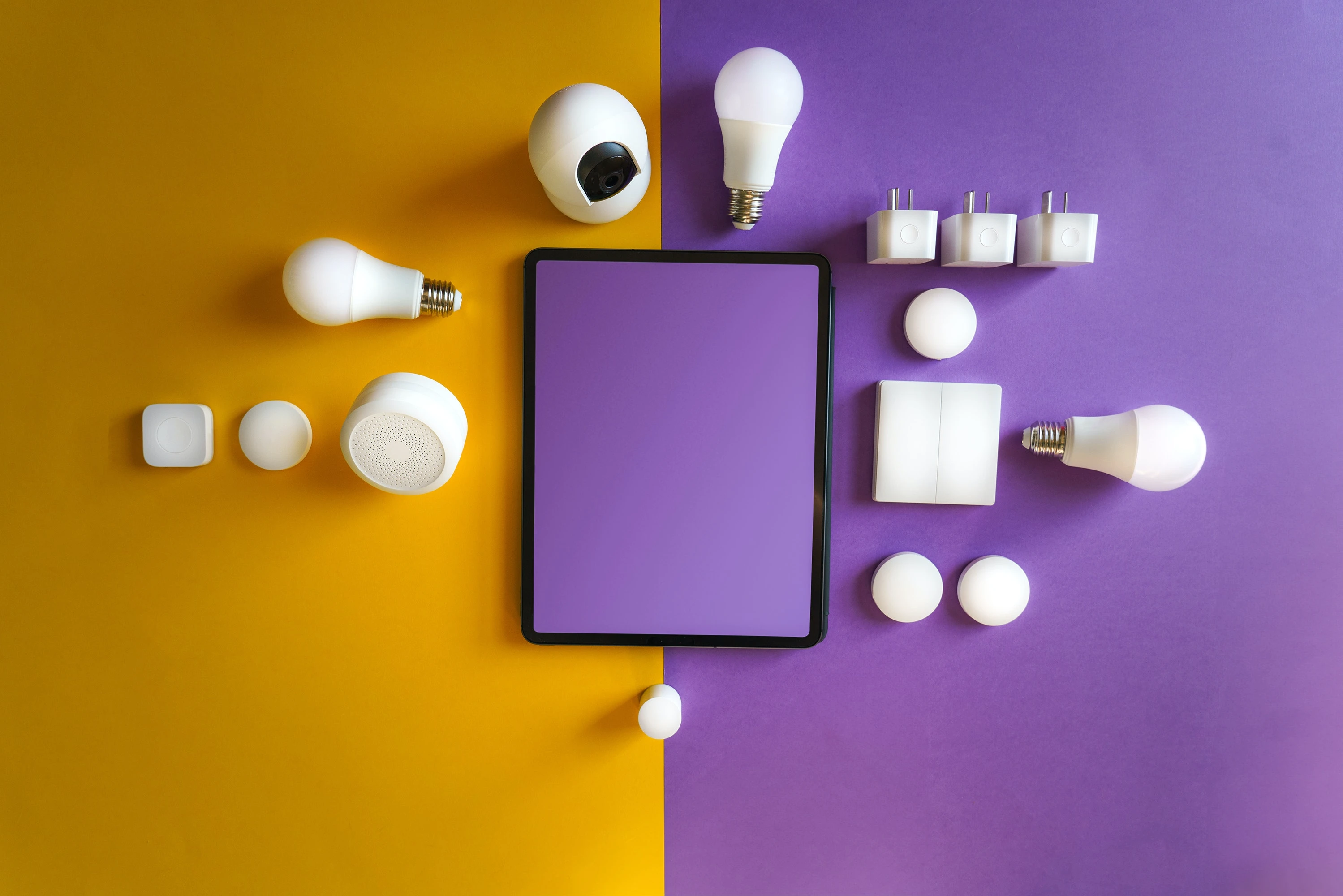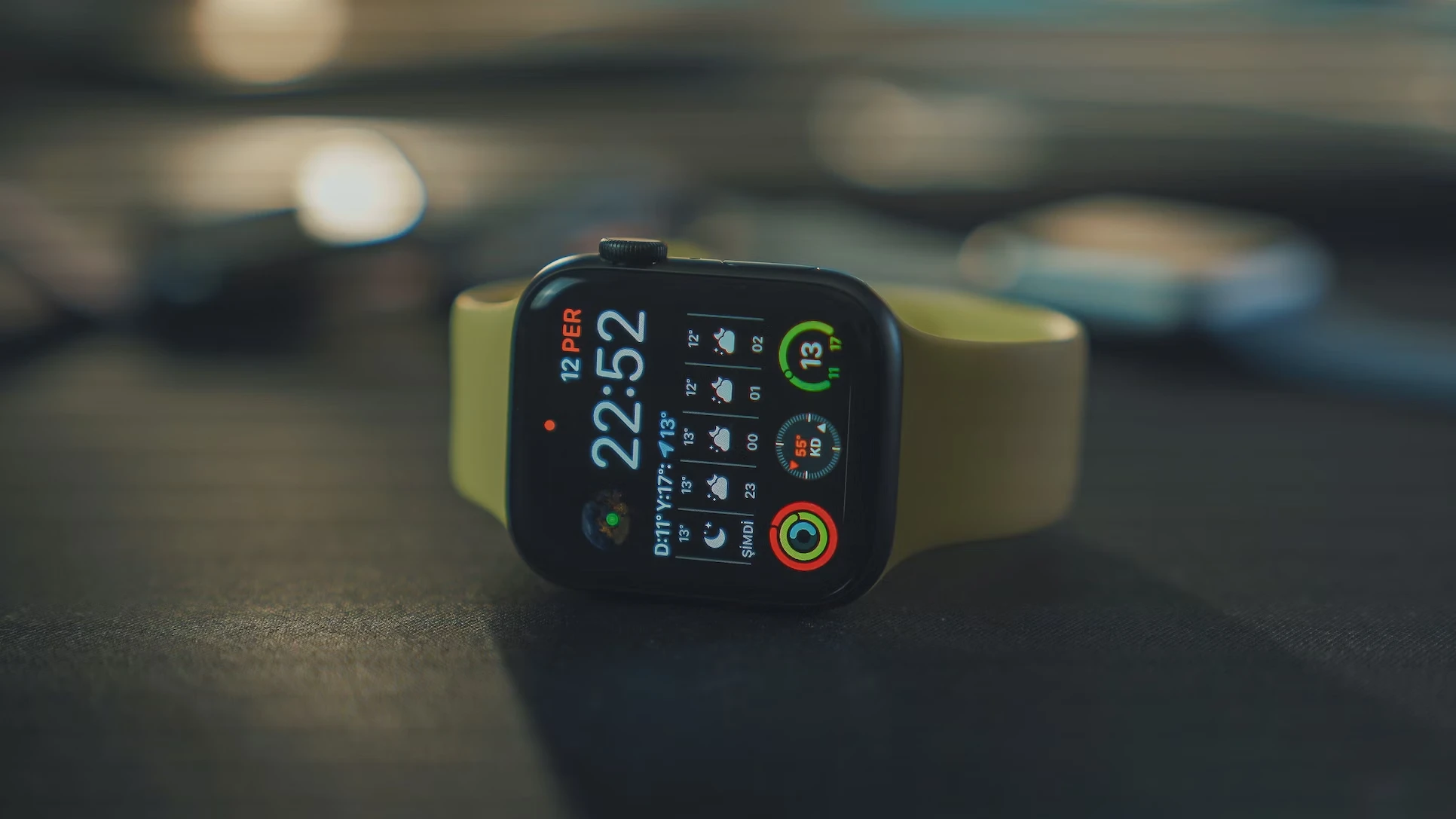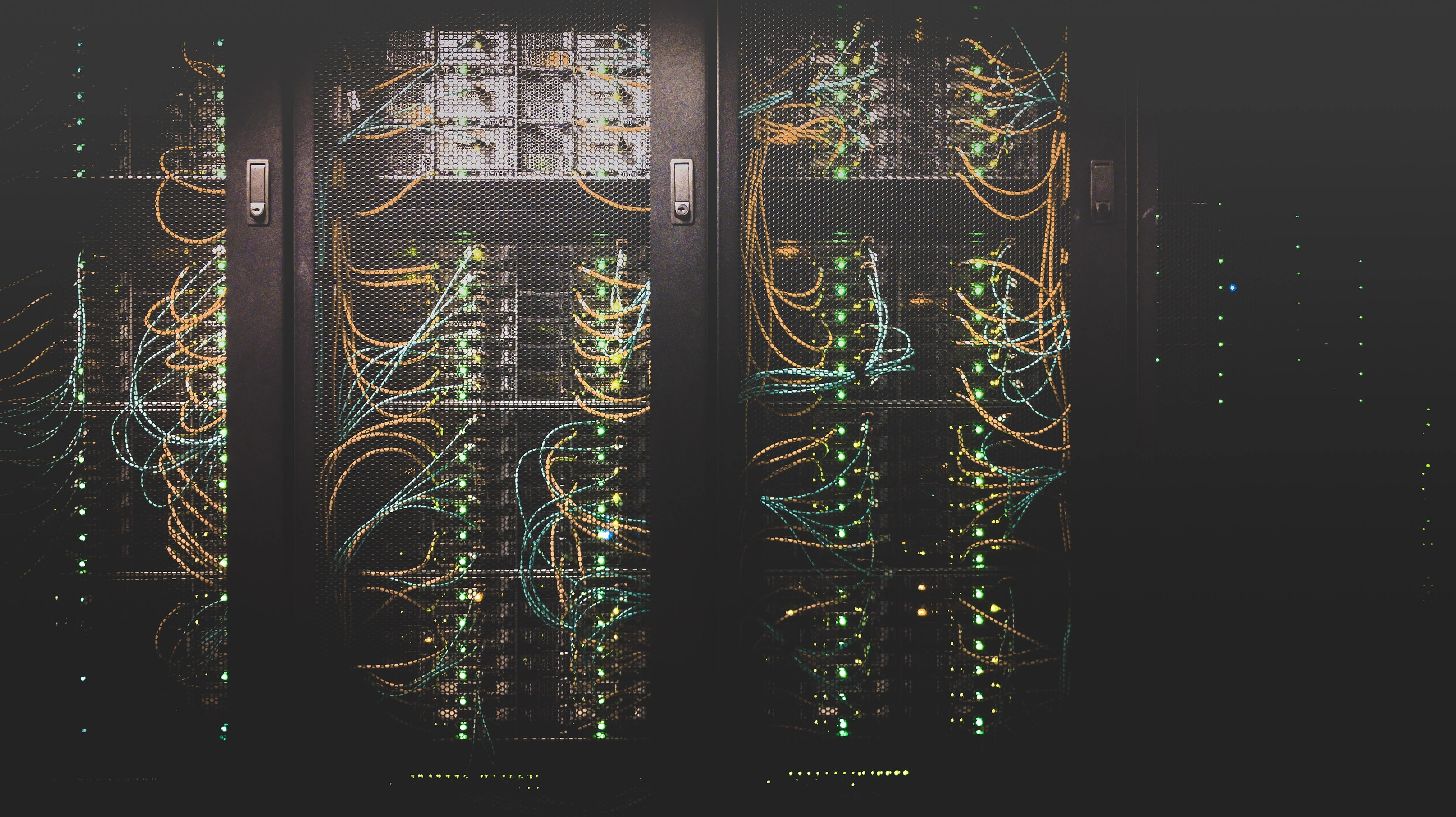
This website uses cookies
We use Cookies to ensure better performance, recognize your repeat visits and preferences, as well as to measure the effectiveness of campaigns and analyze traffic. For these reasons, we may share your site usage data with our analytics partners. Please, view our Cookie Policy to learn more about Cookies. By clicking «Allow all cookies», you consent to the use of ALL Cookies unless you disable them at any time.
Smart cities are a concept aimed at making urban life more comfortable, safe, and efficient. In this endeavor, Internet of Things (IoT) technologies play a pivotal role by providing the means to connect the physical world with the digital realm. Let's explore how IoT is transforming the smart cities of the future.
1. Smart Infrastructure
IoT enables cities to equip their infrastructure with sensors and devices that collect data on the condition of roads, bridges, buildings, and other assets. This data is used for monitoring and preventing accidents, optimizing maintenance, and enhancing the safety of city dwellers.
One of the primary advantages of incorporating IoT into urban infrastructure is the ability to monitor the structural integrity of critical assets in real-time. For example, IoT sensors placed on bridges can detect changes in structural stability, such as vibrations or deformations, and transmit this data to a central control system. This allows authorities to proactively address potential safety concerns and schedule maintenance as needed, minimizing the risk of accidents.
2. Transportation Management
IoT allows for the creation of intelligent transportation systems. Sensors on roads and in vehicles gather information about traffic, road conditions, and public transport occupancy. This helps reduce traffic congestion, lower emissions, and improve the efficiency of public transportation.
In addition to traffic management, IoT is revolutionizing the way cities approach public transportation. Smart bus stops equipped with real-time arrival information and mobile apps that provide commuters with updates on bus and train schedules are just a few examples. These technologies not only make public transport more convenient but also encourage its use, reducing the number of private vehicles on the road and, subsequently, traffic congestion and air pollution.
3. Efficient Energy Consumption
Smart cities use IoT to optimize energy consumption. Sensors control lighting, climate systems, and other energy-consuming devices, reducing costs and environmental impact.
One of the key areas where IoT is making a significant impact is energy management within buildings. Smart thermostats, for instance, can automatically adjust heating and cooling based on occupancy and weather conditions. Likewise, smart lighting systems can adapt to natural light levels and occupancy patterns, ensuring that lights are on only when needed. These energy-efficient solutions not only reduce utility bills for both individuals and businesses but also contribute to the overall reduction of greenhouse gas emissions.
4. Security and Monitoring
Video surveillance systems, motion sensors, and real-time communication tools enable smart cities to ensure the safety of their residents. They can respond to emergencies, detect criminal activities, and monitor public events effectively.
IoT-driven security solutions are evolving rapidly to enhance public safety. Surveillance cameras equipped with facial recognition technology can help law enforcement identify and locate individuals with criminal records or missing persons. Moreover, emergency response systems can be integrated with IoT platforms to enable rapid and coordinated responses to incidents such as fires, accidents, or natural disasters.

5. Waste Management
IoT facilitates efficient waste management in cities. Smart containers can report their fill levels, allowing for optimized garbage collection routes and reduced operational costs.
Waste management in smart cities has become significantly more streamlined thanks to IoT. Smart waste bins equipped with fill-level sensors can transmit data to waste management authorities when they need emptying, eliminating the need for fixed collection schedules that may result in unnecessary trips and fuel consumption. This not only reduces costs but also minimizes the environmental impact of waste collection.
6. Communication and Connectivity
IoT provides cities with reliable and fast connectivity. Smart devices and communication systems ensure uninterrupted access to services throughout the city.
In an increasingly connected world, reliable communication infrastructure is crucial for smart cities. IoT networks enable seamless connectivity for a wide range of applications, from smart traffic lights that adjust based on traffic conditions to public Wi-Fi hotspots that provide free internet access in urban areas. These technologies enhance the overall quality of life for residents and visitors alike.
Conclusion
The Internet of Things plays a critical role in transforming contemporary cities into the smart cities of the future. It optimizes infrastructure, enhances safety, reduces resource consumption, and improves the quality of life for urban residents. The development of IoT in smart cities will continue, promising a better living environment and the creation of more sustainable and efficient cities in the future.
As IoT technologies continue to advance, we can expect even greater integration and innovation in smart cities. The future holds the promise of more efficient transportation systems, further reductions in energy consumption, enhanced security measures, and continued improvements in waste management and public services. Smart cities are not just a vision for the future; they are a rapidly evolving reality that holds great potential for improving the lives of people in urban areas around the world.




